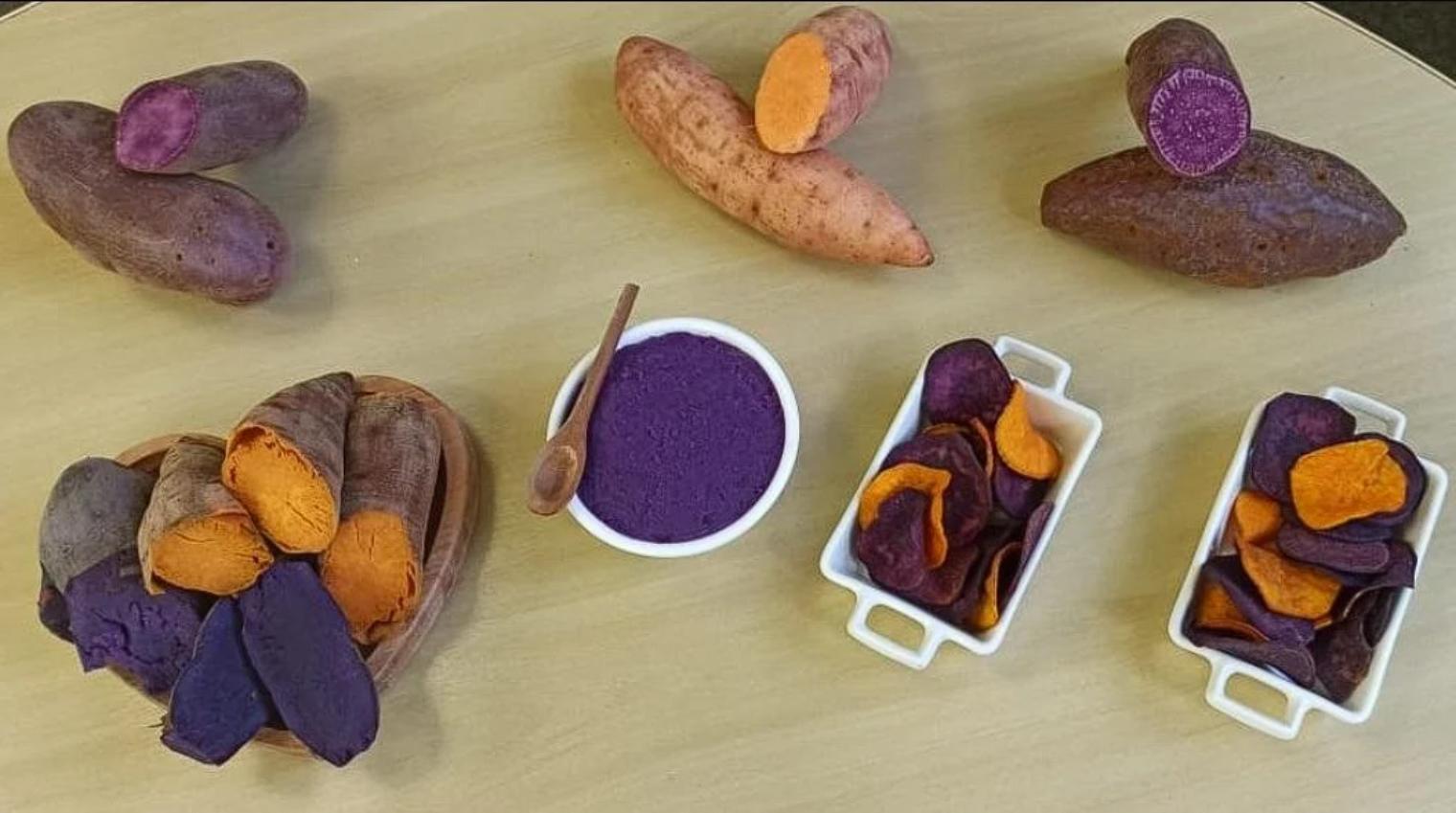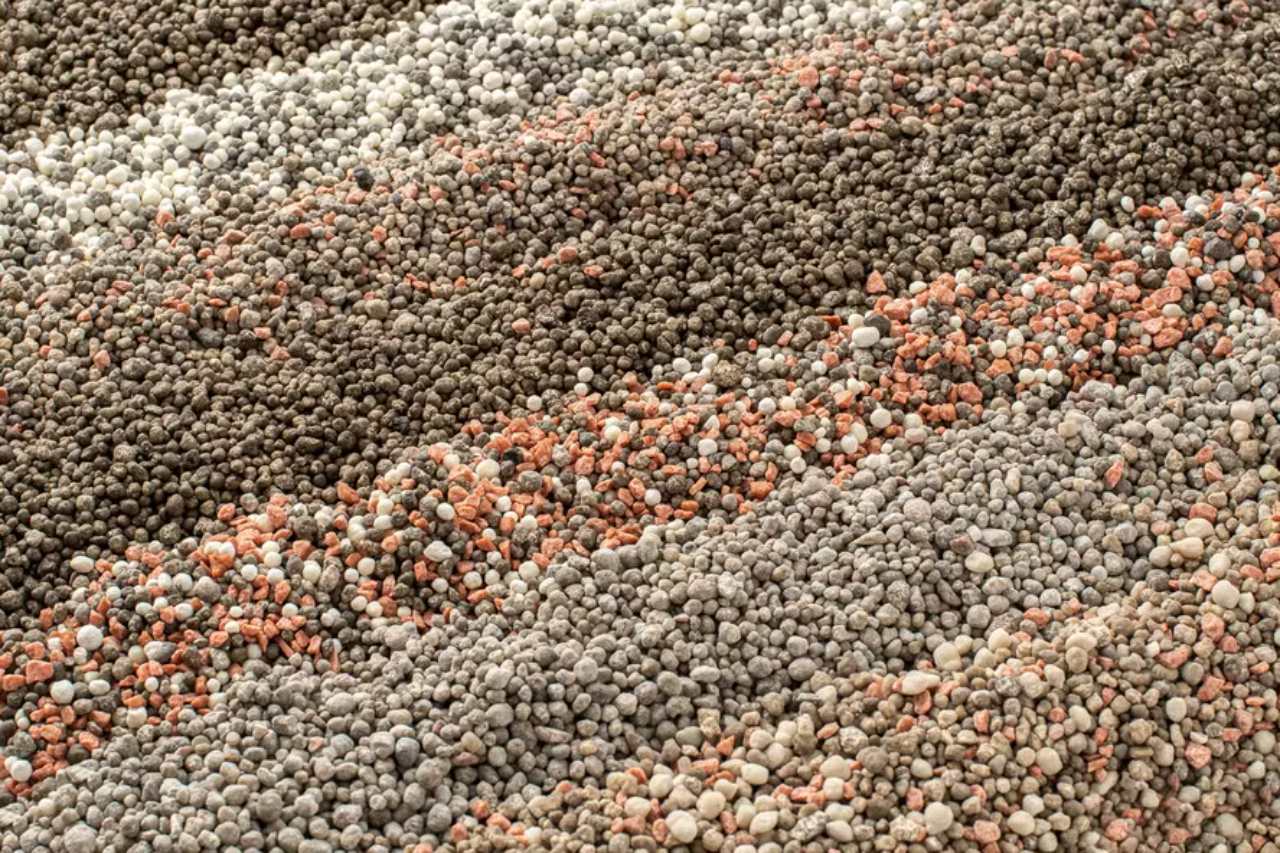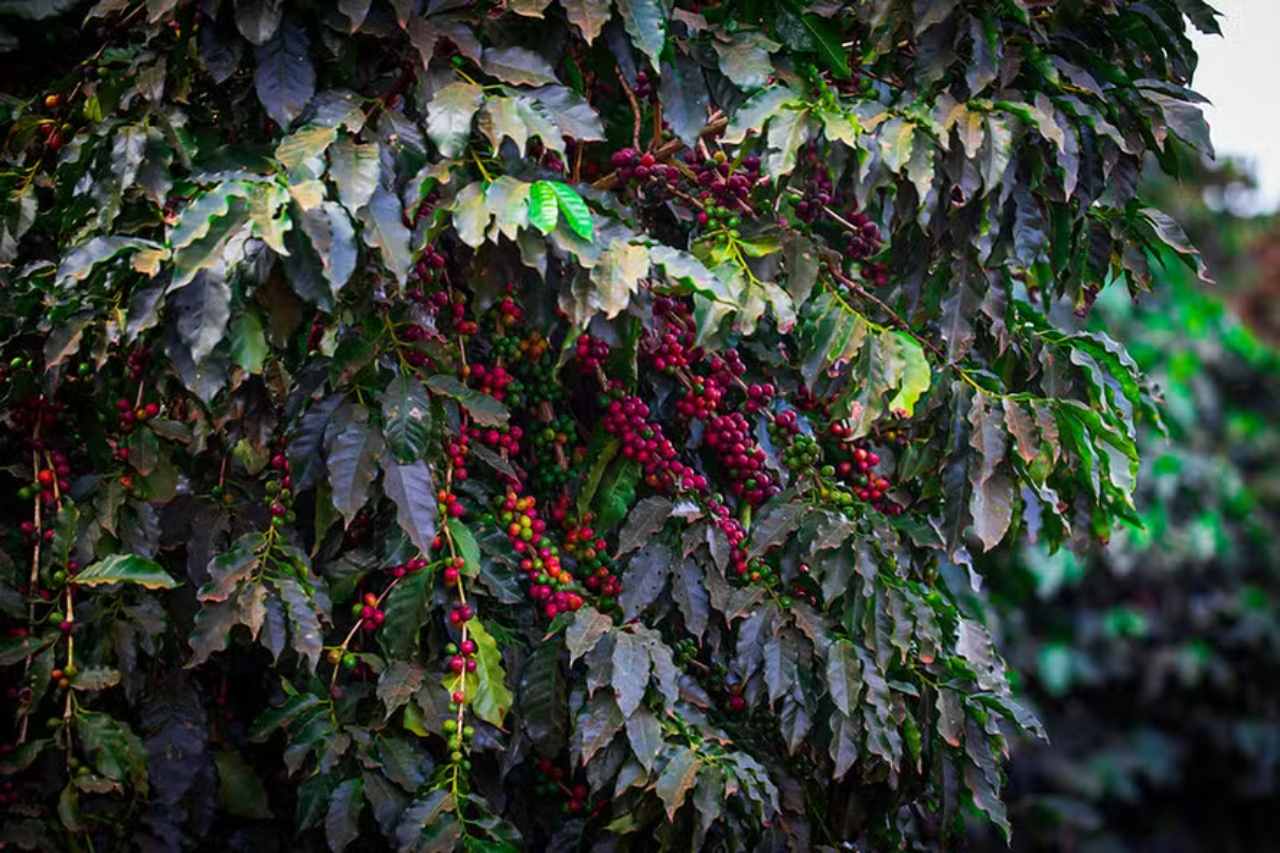The flesh can be white, cream, orange, purple, or even a combination of these colors. Learn how these variations affect the taste of sweet potatoes.
Embrapa Hortaliças has released a brochure titled Vegetables Are Not Just Salad – Sweet Potato: Choose Your Color, focusing on the different flesh colors beyond the well-known white and cream varieties.
This publication is part of the project Technological Development and Communication Actions for Strengthening the Sweet Potato Supply Chain in the Federal District, supported by the Research Support Fund of the Federal District (FAPDF).
A Spectrum of Colors
Written by researchers Milza Lana, Larissa Vendrame, and Lucimeire Pilon, the brochure explains the natural pigments that give sweet potatoes their distinctive colors. The flesh can be white, cream, orange, purple, or even show a mix of hues, such as white or orange with purple streaks.
- White: Indicates a higher starch content, which is present in all varieties, regardless of flesh color.
- Orange: Rich in carotenoids, which are less prominent in the cream-colored varieties.
- Purple: Contains anthocyanins, bioactive compounds also found in eggplants, blackberries, and açaí.
Cooking and Nutritional Value
Despite the color differences, all varieties can be baked, boiled, or fried and used in a range of recipes. According to the authors, each type provides a variety of nutrients, including fiber, minerals, vitamins, and bioactive compounds, although these quantities vary based on the specific chemical composition of each variety.
The text emphasizes that choosing only orange-fleshed sweet potatoes for their higher provitamin A content may mean missing out on other essential nutrients and bioactive compounds found in the other varieties.
Sweet Potato Varieties: Colors and Flavors
The brochure also highlights how the color of the flesh influences the flavor of different cultivars. Some varieties are sweeter, while others have drier or more watery flesh. They may also differ in texture, being more or less fibrous, soft, or firm when cooked.
For example, the Coquinho variety, with white flesh, is sweeter than the Canadense variety, which has cream-colored flesh. Meanwhile, two orange-fleshed varieties—Beauregard, developed in the U.S., and CIP BRS Nuti, developed in Brazil—differ in texture: Nuti is drier, whereas Beauregard has a more watery consistency.
Conclusion
Milza Lana, the creator of the Vegetables Are Not Just Salad program, explains that the goal of the brochure is to inform the general public about the availability of sweet potatoes with different flesh colors. The document emphasizes that these colors result from natural pigments inherent to sweet potatoes and encourages the use of this versatile vegetable in various types of dishes.





